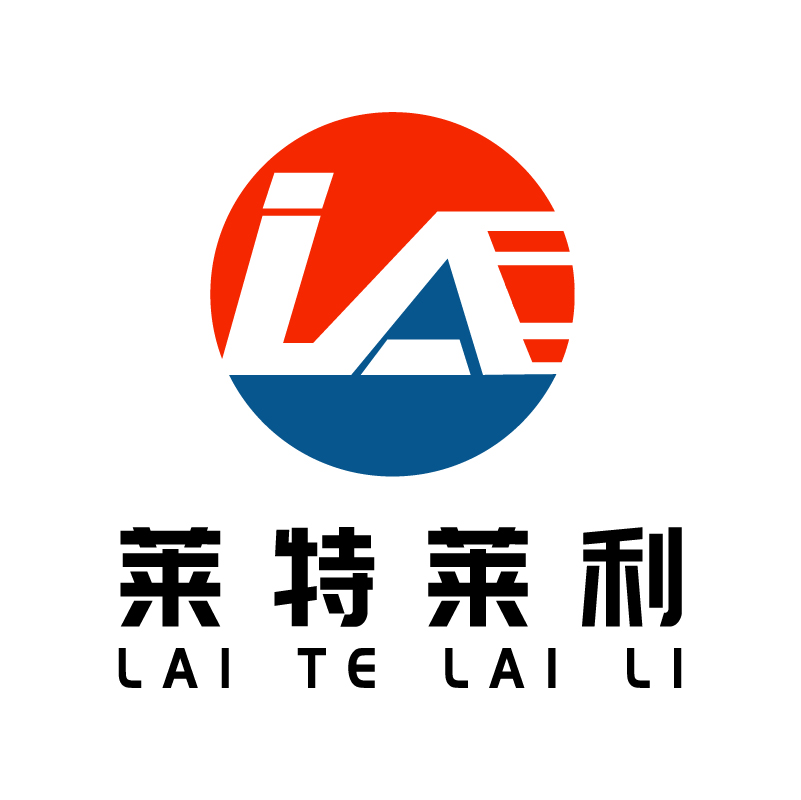What is the impact of regional differences on the development of the thermal paper industry?
The impact of regional differences on the development of the three thermal paper industry is mainly reflected in the following aspects:
First, Raw material supply and cost
1. Origin difference of raw materials:
The types, quality and supply stability of raw materials vary from region to region. For example, some areas may have more abundant wood resources suitable for the production of high-quality backing paper; Other regions may be good at producing specific heat-sensitive coating materials.
These differences directly affect the production cost and product quality of the three thermal sensitive paper. Companies close to where raw materials are produced may enjoy lower procurement costs and a more stable supply chain.
2. Transportation cost:
The long distance transportation of raw materials and finished products will increase the operating costs of enterprises. The transportation distance and traffic conditions between different regions lead to significant differences in transportation costs.
Therefore, when choosing a production base, enterprises will consider factors such as raw material supply, transportation costs and market demand.
Second, Market demand and distribution
1. Market demand difference:
The market demand varies by region. For example, some areas may be due to rapid economic development, e-commerce and logistics industries developed, the demand for three thermal sensitive paper is large; Other regions may have less demand.
This kind of difference requires enterprises to fully consider the demand difference between regions and rationally distribute the sales network when formulating the market strategy.
2. Consumption habits and preferences:
Consumers in different regions may have different consumption habits and preferences when purchasing heat-sensitive paper. For example, some regions may pay more attention to the environmental performance of products; Other regions may be more concerned about price/performance.
These differences require enterprises to fully consider regional consumption differences in product design and marketing to meet the needs of different consumers.
Third, policy support and industrial environment
1. Policy support:
There are differences in the policy support of governments in different regions for the three thermal sensitive paper industry. Some regions may have introduced more preferential policies, such as tax breaks and financial subsidies, to attract corporate investment and development.
These policy differences have a direct impact on companies' willingness to invest and operating costs in the region.
2. Industrial environment:
There are also differences in the industrial environment in different regions. Some regions may have more complete industrial chains and supporting facilities, which will help enterprises reduce production costs and improve production efficiency. Other regions may have relatively weak industrial bases.
These differences require enterprises to fully consider the regional industrial environment and development potential when choosing production bases.
Fourth, technological innovation and human resources
1. Technological innovation:
There are differences in technological innovation ability and R&D level in different regions. Some regions may have more scientific research institutions and university resources, which is conducive to technological innovation and product upgrading. Other regions may be less technologically innovative.
These differences require enterprises to fully consider regional technological innovation capabilities and human resources when selecting research and development bases.
2. Human Resources:
There are also differences in human resources in different regions. Some regions may have a richer professional talent reserve, such as chemical engineers, materials scientists, etc., which is conducive to the recruitment of high-quality employees; Other regions may be relatively short of talent resources.
These differences require enterprises to fully consider the differences in regional talent resources and formulate reasonable recruitment strategies when recruiting talents.
To sum up, regional differences have a multi-faceted impact on the development of the three thermal paper industry. When formulating development strategies, enterprises need to fully consider factors such as the supply of raw materials, market demand, policy support, industrial environment, technological innovation and human resources between regions, so as to formulate a more scientific and reasonable development plan.


